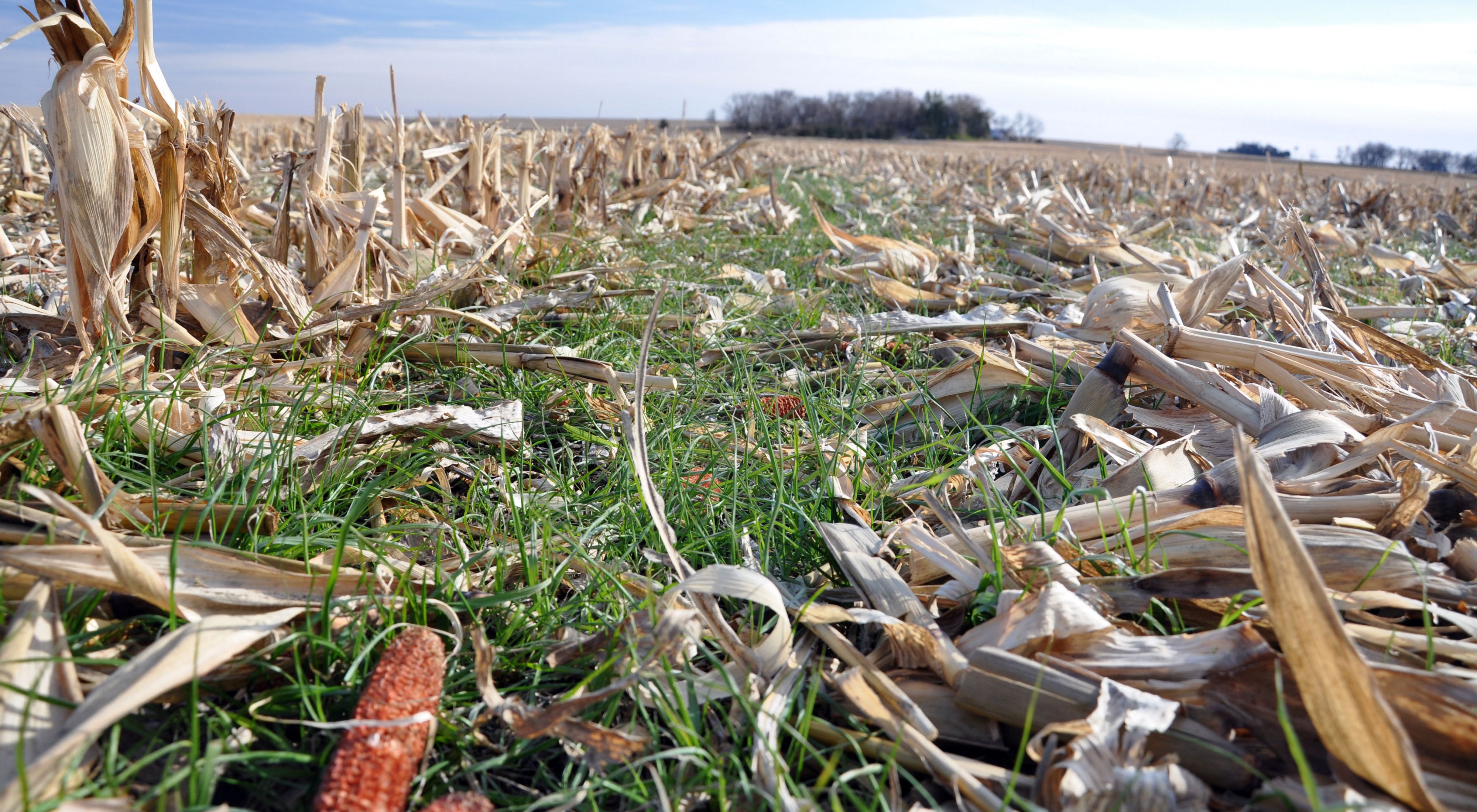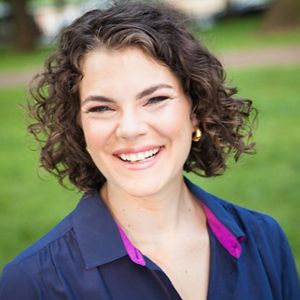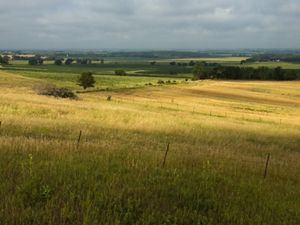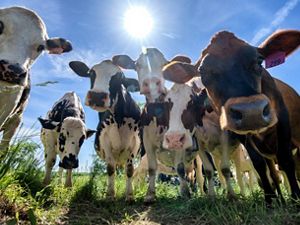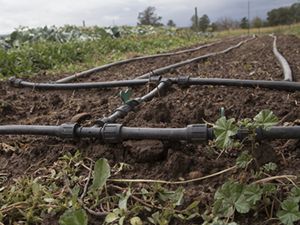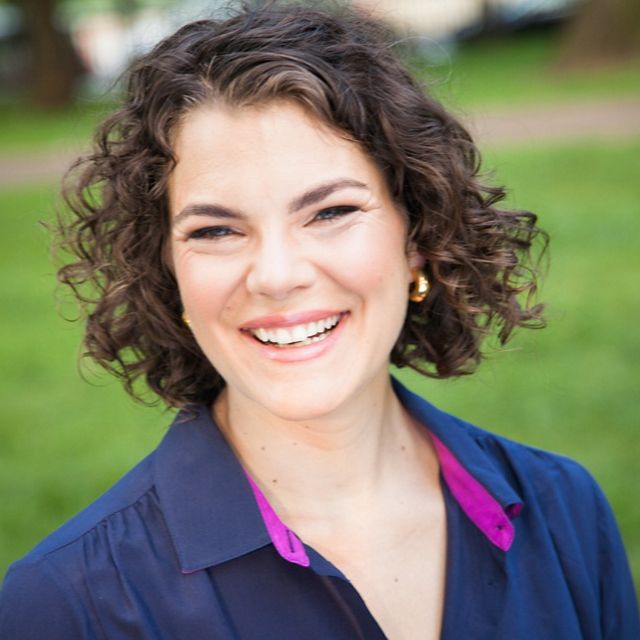Agriculture Innovation
Investing in agri-tech startups can lead to transformational change
Healthy soil is the foundation of all civilizations. One of the most diverse habitats on earth—and one of the planet’s largest reservoirs of carbon—healthy soil is crucial for agriculture production, clean and abundant water supplies, and a stable climate. As Franklin Delano Roosevelt once said, “The nation that destroys its soil, destroys itself.”
Unfortunately, the world’s soils and, thereby, our planetary ecosystem are in trouble. Deforestation and extractive agricultural practices have degraded the soil that people and nature need to thrive. This scenario is particularly troublesome given that agriculture production—which is dependent on healthy, fertile soils—will need to transition dramatically by 2050 if we’re to continue to feed, fuel and, clothe the world’s population.
Over the past decade, there has been increasing momentum within the agriculture industry to help producers move towards a regenerative agriculture system, including improved soil health, while ensuring profitable and resilient working lands. Science tells us that large scale adoption of proven conservation practices can rebuild our agricultural soils, improve water quality, enhance biodiversity, and reduce carbon emissions. These practices include maintaining living roots in soils (cover crops), minimizing tillage or disturbance (conservation tillage or no-till), increasing crop diversity (new crops or rotations), and applying nutrients more efficiently (4Rs).
Despite cutting-edge science and proactive partnerships, the current pace and scale of the adoption of regenerative practices is not enough. To make significant progress, we need to challenge the status quo by identifying solutions that will circumvent or disrupt roadblocks to large-scale change.
Quote
To make significant progress, we need to challenge the status quo by identifying solutions that will circumvent or disrupt roadblocks to large-scale change.
Investing in Innovation
With a goal to drive adoption of regenerative practices on at least 50 percent of U.S. row croplands by 2030, The Nature Conservancy recognized in 2019 that there is tremendous opportunity to expedite change and drive progress through innovation. We asked ourselves: How could we support critical innovations that deliver transformative change towards a regenerative agriculture system?
One answer was to explore the disruptive nature of the start-up entrepreneurial community and identify and invest in solutions that will scale the adoption of critical soil health and regenerative practices. As investor interest coalesces around the potential of emerging agricultural technology (agri-tech) to create a sustainable global food system, TNC decided to take a seat at the investment table. In 2020, we began investing in a series of emerging agri-tech solutions that have the potential to accelerate adoption of conservation practices for the benefit of farm enterprises, soil health, freshwater systems, climate, and biodiversity.
Our goal is to encourage cross-sector commitment to innovations that advance regenerative agriculture systems by:
- Signaling to other investors where—based on science and on-the-ground lessons learned—innovation is needed to drive change.
- Convey a sense of urgency to industry incumbents that change is necessary; the status quo will not lead to transformative change.
- Support entrepreneurs and their teams that are developing critical solutions that could catalyze large-scale change.
Our venture investments are non-concessionary. TNC invests via the iSelect Fund. We identify companies developing innovative solutions that will scale one or a multitude of the practices we know build soil health. We believe that TNC’s investments in these innovations will send a critical signal to other investors around the opportunity to invest for returns and impact. Through these investments, we believe we can get closer to our goal of advancing a broad transition to regenerative agriculture.
Quote
Through these investments, we believe we can get closer to our goal of advancing a broad transition to regenerative agriculture.

Our Investments
To date, TNC has invested in a total of eight early-stage companies that demonstrate strong potential to scale solutions across one or more of four priority practices of regenerative row crop production: expanded use of cover crops; uptake of no-till practices; improved plant diversity achieved through crop rotations; and more efficient crop input management.
Our current investments include:
FarmRaise is a financial services platform that makes it easy for farm operations to access funding to be more sustainable and profitable.
Growers Edge: A financial technology (fintech) company that delivers farm enterprise income assurance through data-driven products, solutions, and tools. The company reduces the financial exposure for farm operations adopting new technology or practices through warranty-backed crop plans and ag financing solutions.
Kula Bio: The firm is developing a cost-effective biological nitrogen fertilizer that minimizes run-off. An alternative or partial replacement for synthetic nitrogen fertilizer has the potential for significant positive impact for farm profitability and the environment.
Pattern Ag: The company provides soil microbiome analysis and recommendations for input optimization on farm. Focused on specific pest and disease pressures faced by corn and soybean farmers, the firm recommends what to purchase and application solutions for when and where they are needed.
Sentera is an agronomic, data-driven services company that integrates software, sensors, drones, and analytical products to support in-season, in-field optimized production practices. The digital insights are delivered at a cost and on a timescale that will allow them to change behaviors that result in better economic and environmental outcomes for farm enterprises via agriculture retailers.
Stony Creek Colors By developing sustainable, plant-based dyes such as indigo for the textile, cosmetics and food markets, the firm is working directly with growers to bring greater profitability and improve soil health with an alternative row crop to improve the market driven options for farmers to diversify crop rotations.
SwarmFarm: The autonomous, robotic farming technologies developed by the firm are enabling effective precision application of nutrient and crop-protection inputs. The tool (robot plus developer ecosystem for attachments) for row crop farming operations is focused on optimizing herbicide and fertilizer application for farm profitability and environmental benefit.
Our past investments include:
Vence (acquired by Merck Animal Health in 2022) is a livestock management company focused on the development of virtual fencing to enable autonomous herd management. Their solution allows customers to increase revenues, reduce expenses and unlock their lands to sustainable grazing land management practices without the burden of increased labor.
We are at a critical moment in time. Agriculture has one of the largest ecological footprints of any human activity, making it imperative that we manage our workings lands for clean water, climate benefits, enhanced biodiversity, and global food security. TNC aims to catalyze wide-scale adoption of regenerative agriculture practices, and we believe that by aligning private investments in innovation with desired conservation outcomes, we will all benefit.
